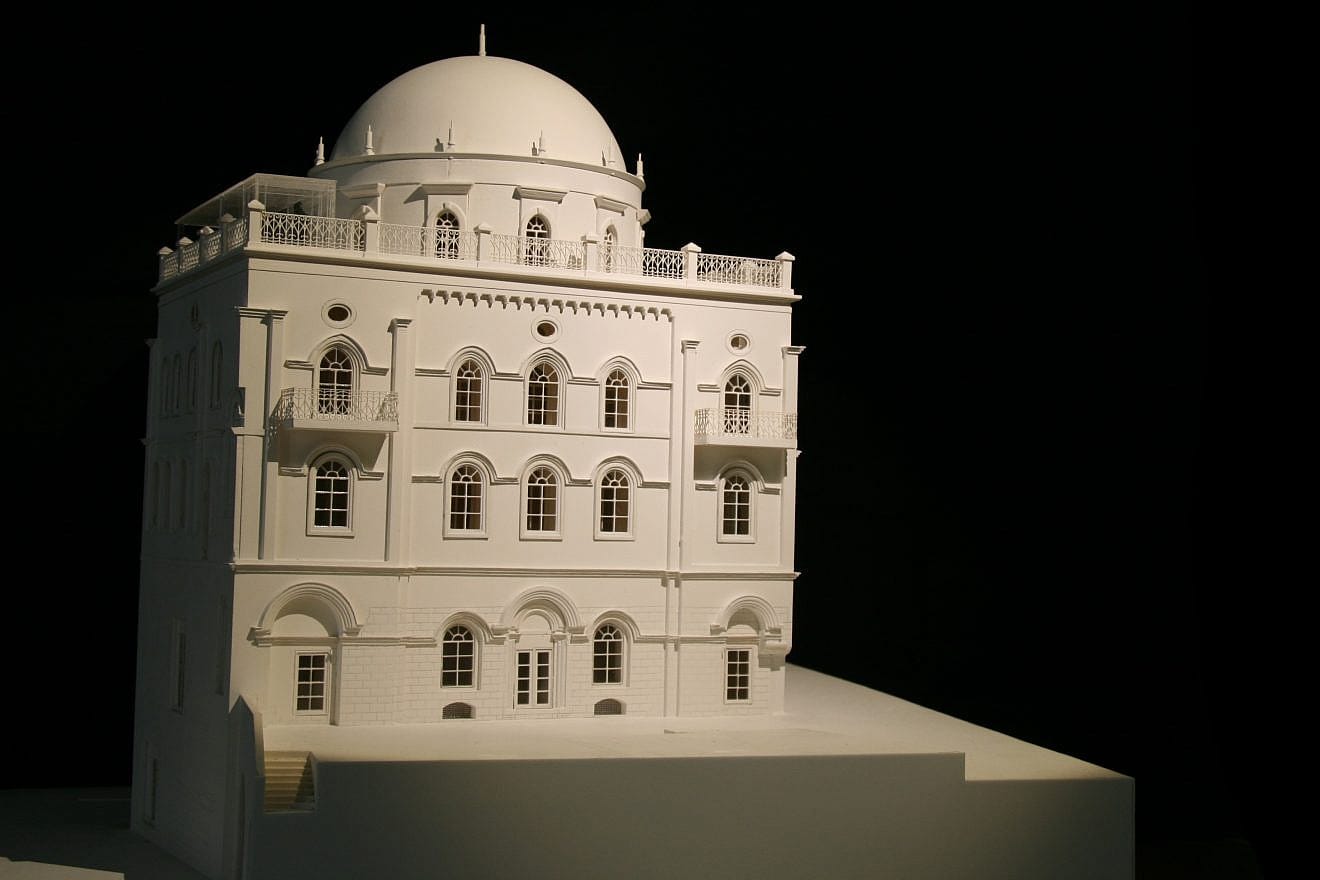When Florida lawyer Brian Sherr first visited the ancient synagogue in Jerusalem’s Old City more than four decades ago, the site lay in ruins. The area around the demolished structure was filled with garbage, the remaining wall was in shambles, and it still had remnants of the purple paint that Arabs had painted on it to keep people’s spirits away.
But in Sherr’s mind, he saw the synagogue in all its turn-of-the-century grandeur based on the childhood stories he had heard from his Jerusalem-born grandmother of the towering jewel of the Old City in the decades before the establishment of modern-day Israel.
It wasn’t just a fad or something in vogue, but something deeply personal and in his genes: Sherr’s great-great-great-grandfather had been involved in the original building project in the 19th century.
“I always thought I should have been born in Jerusalem,” the 79-year-old New Jersey native recounted in an interview with JNS. “I prayed that one day when I was alive it would be rebuilt.”
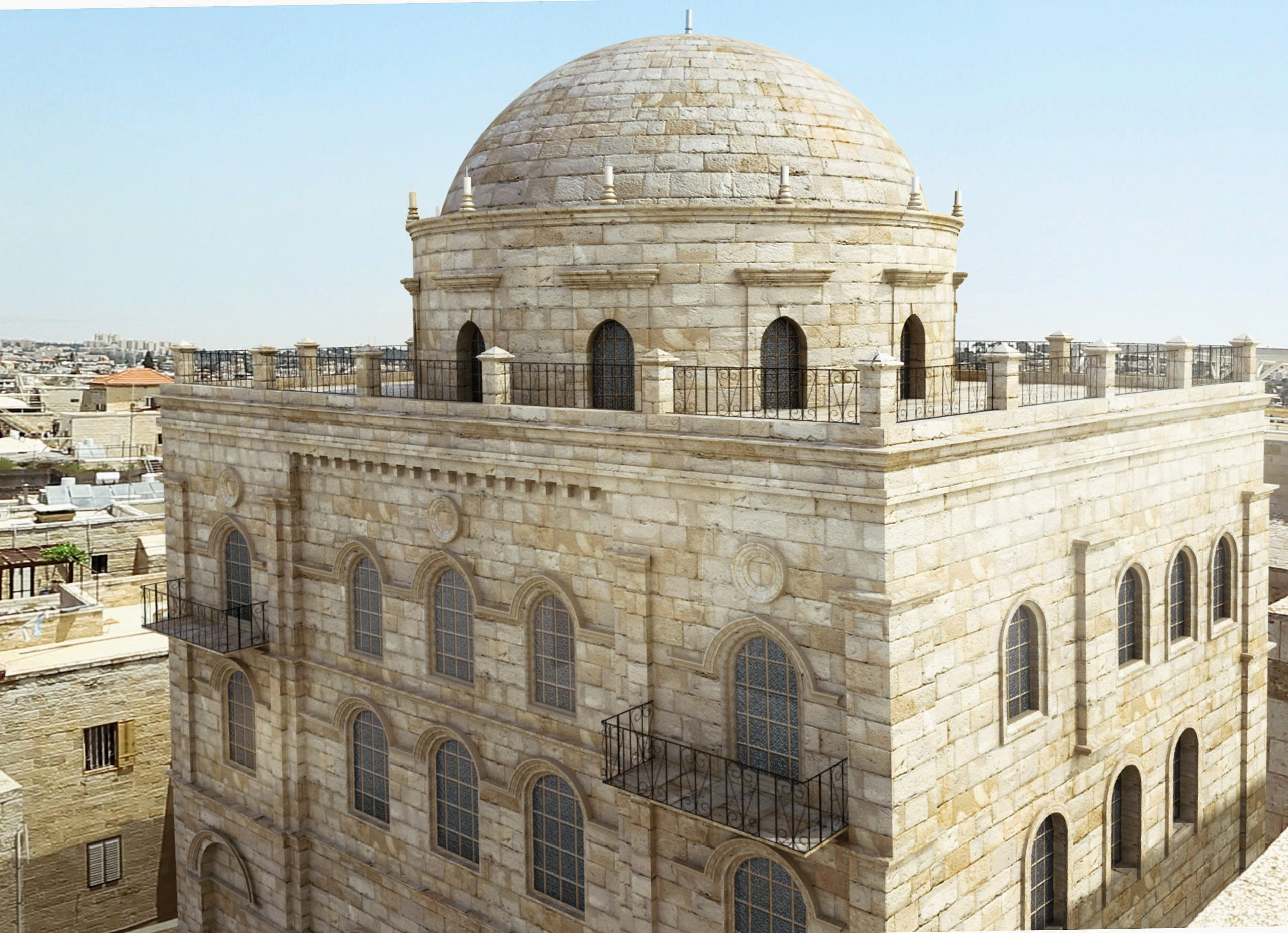
Towering jewel of the Old City to be restored
The historic Tiferet Yisrael, or “Glory of Israel” synagogue, was established in 1872. It dominated the skyline of the Old City’s Jewish Quarter until its destruction after the Jordanian Army captured the Old City during Israel’s War of Independence in 1948. The iconic three-story domed structure towered 80 feet high—with an additional 34-foot circumference dome atop the building—as the highest spot in the Old City overlooking the Temple Mount and the Western Wall.
Now, 75 years after its destruction, the historic synagogue is being rebuilt and is scheduled to reopen its doors to the public next year. The $18 million (NIS 70 million) restoration project, which is both state and privately funded, is fast underway with naming opportunities and dedication plaques for significant private donors still available.
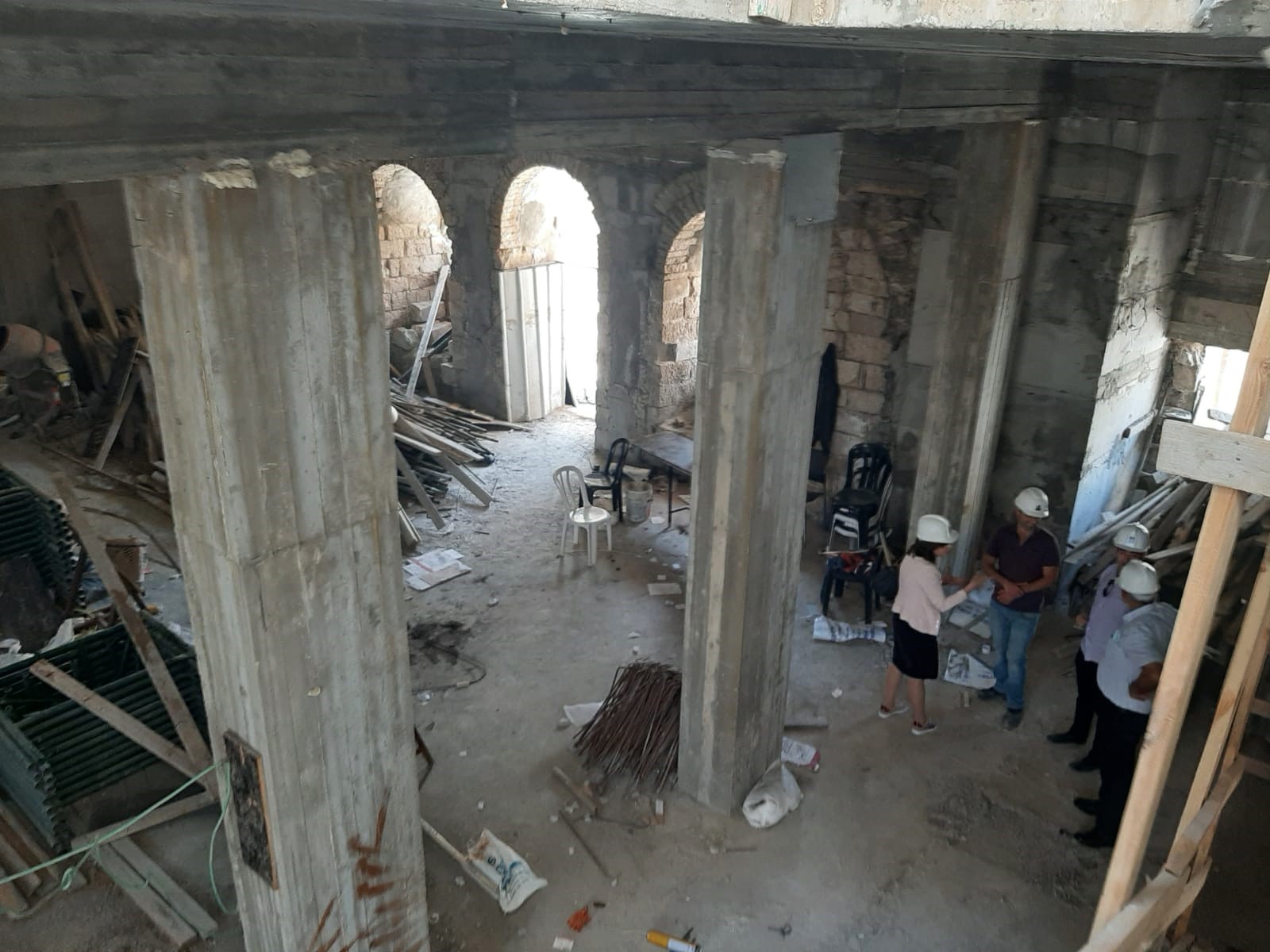
A storied history
The original project to build the synagogue got underway nearly two centuries ago in the 1830s when word spread that Tsar Nicolas was eyeing the property for the construction of a church and a monastery. At the same time, a leading local Jewish leader—Rabbi Yisrael Bek, who was helping Jews move to Jerusalem during those difficult times—was himself searching for a communal center for the fledgling Jewish community and in the process of raising funds for such a site.
Hearing of the tsar’s plans, he whisked his son Nissan Bek to consult with leading Rabbi Yisrael Friedman, who had fled Czarist Russia to Ukraine. Bek traveled to Europe to meet Friedman, who instructed him to immediately purchase the land and gave him funds to do so. Outmaneuvered, the tsar begrudgingly ended up buying an alternate property in the city’s Russian Compound.
Later, the Austrian-Hungarian Emperor Franz Josef, who famously allowed Jews freedom of worship in his empire, even visited the site during its construction on a visit to Jerusalem. The Baron de Rothschild was enlisted to help encourage the Emperor as part of a successful effort to win approval for the plan from the Ottoman Sultan who ruled Jerusalem at the time.
Following its inauguration in 1872, the impressive site—built in classic Renaissance architecture—doubled as a synagogue and community center (and even included a heated ritual bath, or mikvah, in the basement) and went on to become the center for the Chassidic community in the Old City for the next 75 years. Its towering size was 52 centimeters (about 1.7 feet) higher than another ancient Jerusalem synagogue just down the road constructed in Ottoman style, the Hurva which was used by the Jews of Eastern Europe known as the Mitnagdim.
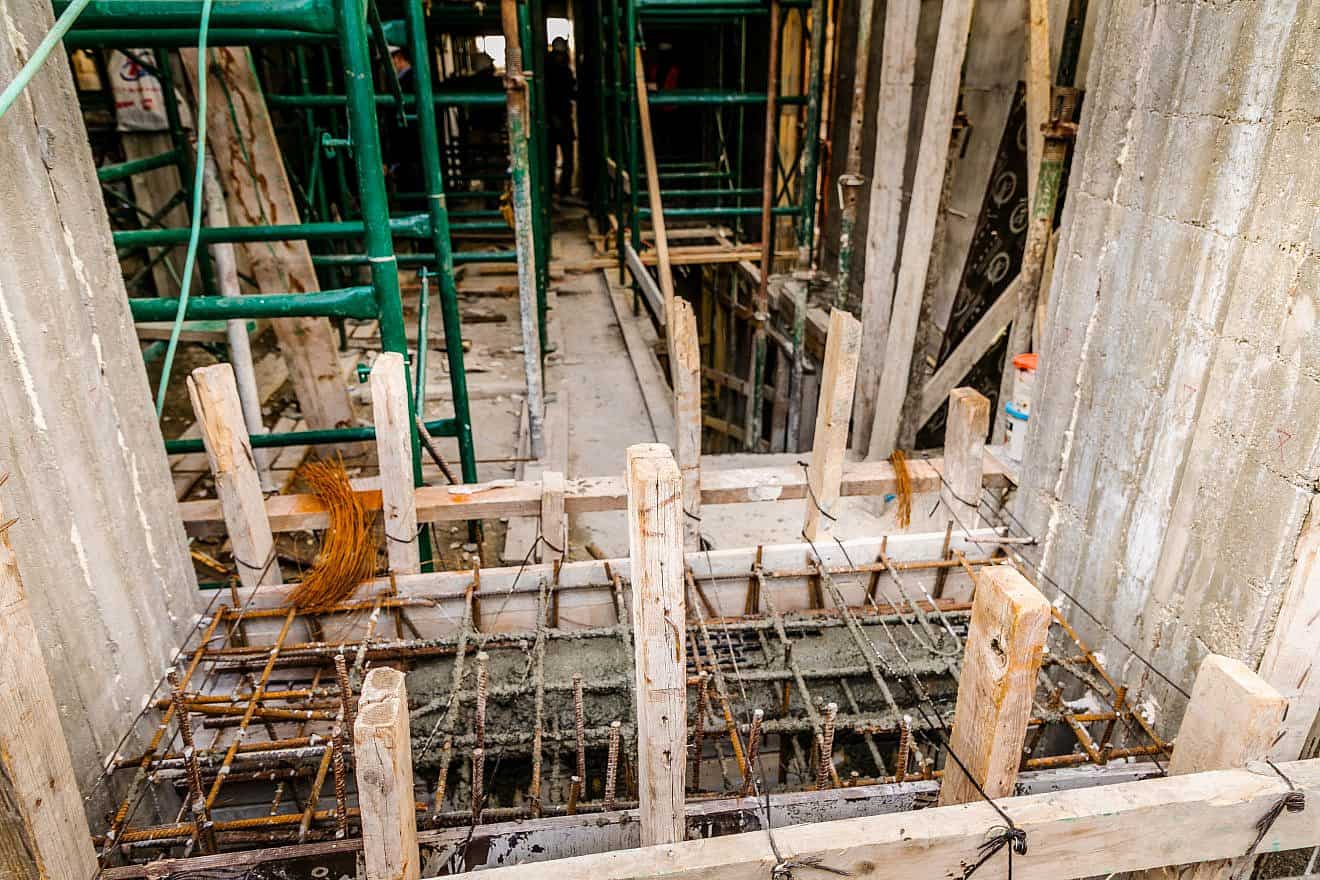
War of Independence
During the 1948 War of Independence, Tiferet Yisrael served as a stronghold and the final holdout for the pre-state Haganah militia due to its strategic location as the encircled Jewish fighters tried to fend over the Jordanian legion.
After the Haganah’s surrender of the Old City, the commander of the Jordanian Legion ordered the two largest synagogues that had been damaged in the fighting by artillery—the Hurva and Tiferet Yisrael—completely demolished. They were blown up with dynamite. The Old City of Jerusalem remained under Jordanian control until the reunification of the capital city in the 1967 Six-Day War.
For decades, both sites lay in ruins.
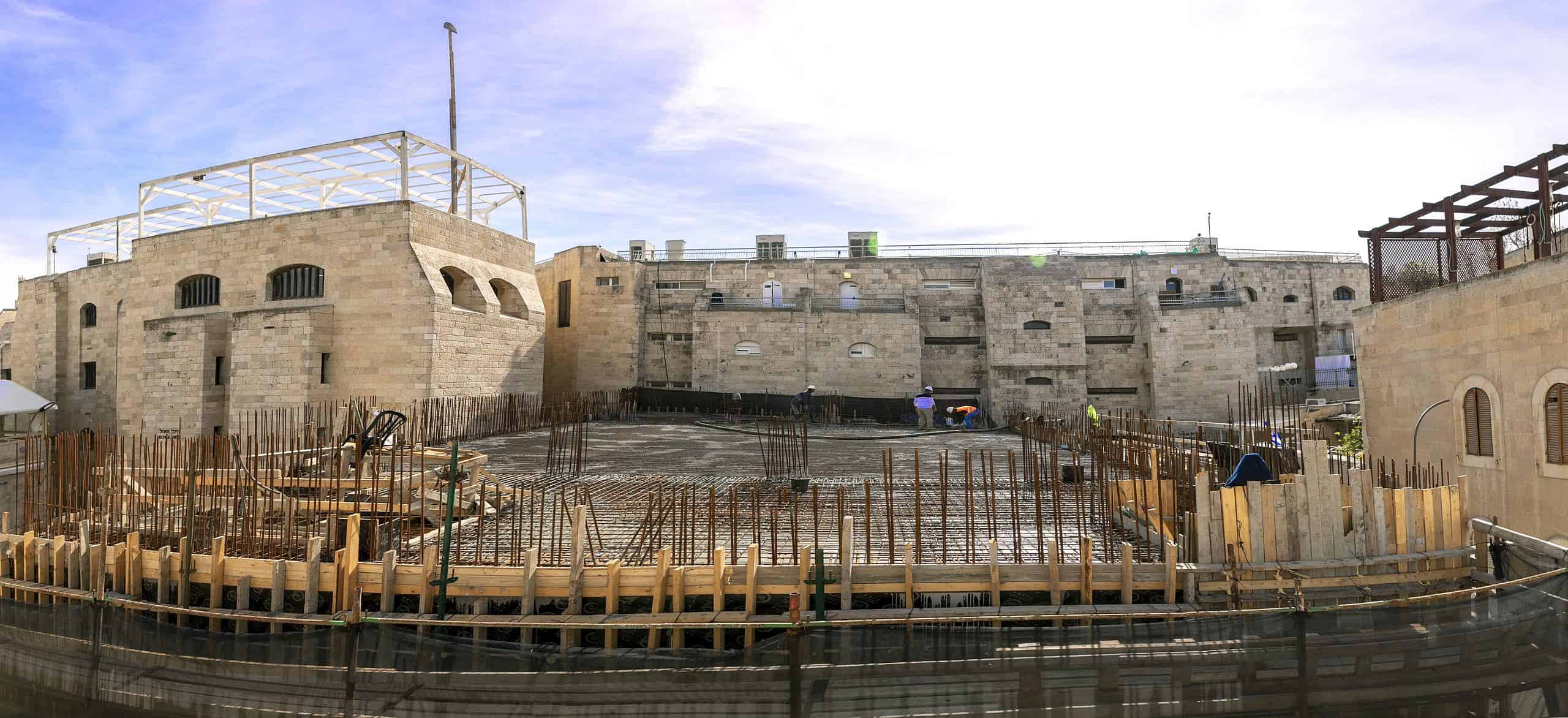
Reconstruction
A quarter-century ago, Sherr read that the Hurva was being rebuilt, reinforcing his lifelong dream.
“If the Hurva was being rebuilt, then why not Tiferet Yisrael as well?” he mused and immediately connected with the project manager through the Tel Aviv office of his law firm, Greenberg Traurig, to realize his lifelong dream. He would later set up a charitable organization, American Friends of the Old City, to aid in the reconstruction, as well as connect with Keren Hayesod, the preeminent worldwide fundraising organization for Israel.
“It was all very emotional for me,” he said.
The Hurva synagogue was rededicated in 2010.
A decade ago, the Jerusalem Municipality greenlighted the restoration of Tiferet Yisrael, with work far underway at No. 11 Tiferet Israel, as the sign reads at the entrance to the site over the last year-and-a-half.
During the excavation of the site that preceded the reconstruction, archaeologists uncovered relics from the First and Second Temple periods, including a wall from the former and stone weights with Talmudic references from the latter when the Romans destroyed Jerusalem, project director Daniel Shukrun told JNS during a tour of the building.
The newly reconstructed site will include tours of the historic compound, as well as an Orthodox synagogue and Jewish religious services with seating for 170 people, with women in two gallery sections, as it was originally constructed, he explained. The archaeological discoveries and the Jewish ritual baths will be on display in the basement, while the top floor will showcase a small art gallery adjacent to the dome. The adjoining rooftop offering panoramic views of the Old City is certain to become an area highlight.
The site will also include an elevator, an innovation that was not in use at the time of the original construction 150 years ago.
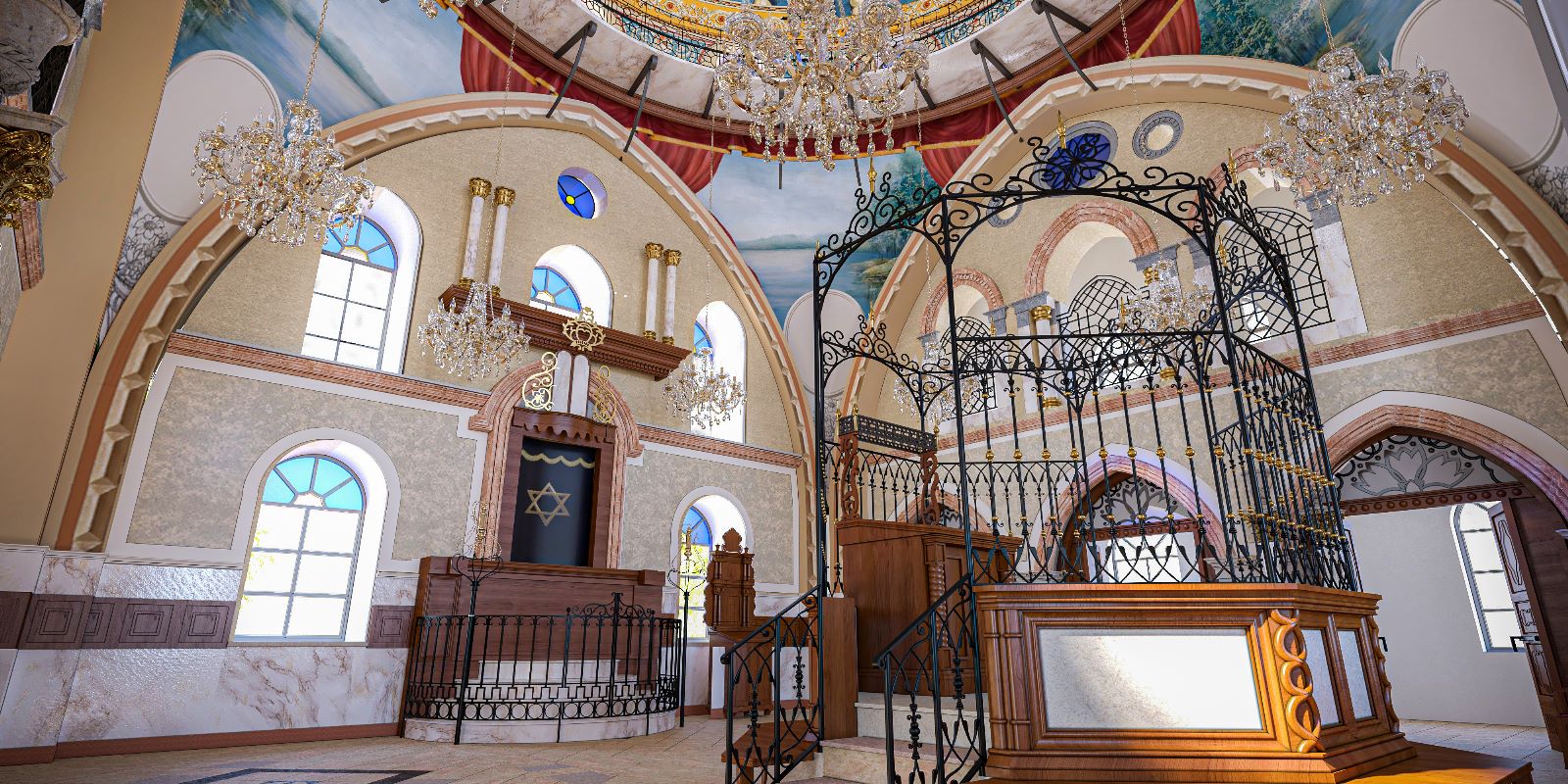
Israel as the future for world Jewry
Sherr noted that “without the State of Israel, we have nothing, and history will repeat itself.” Although he and his family remain in the United States, he hopes to shortly have a foothold in Jerusalem. For now, the synagogue that was a part of his family’s roots will rise anew.
“It is not just rebuilding a building, but building what was destroyed,” he said. “Israel is the manifestation of the rebirth of the Jewish nation.”


























